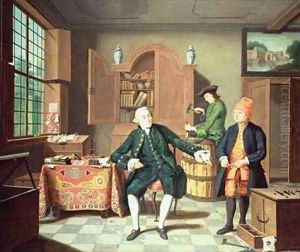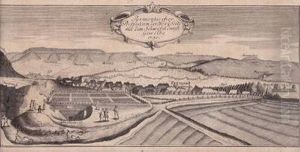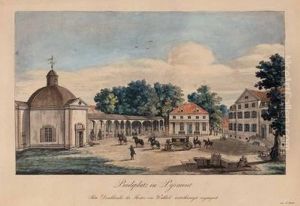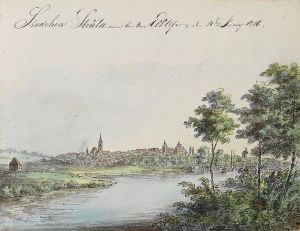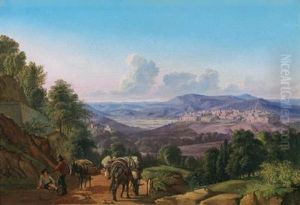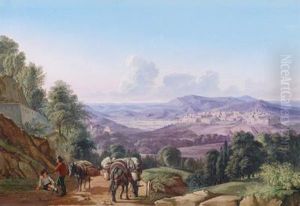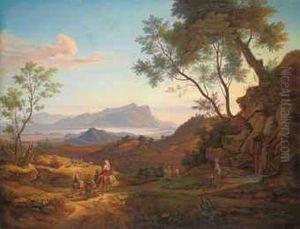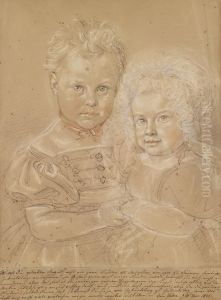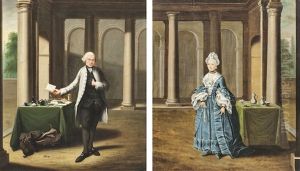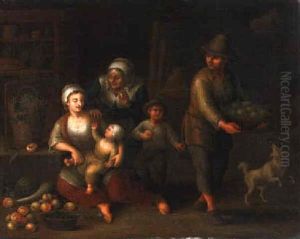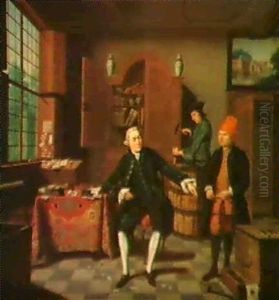Johann Faber Paintings
Johann Faber, also known as Johann Fabri or by his original name Johann Heigerlin, was a German Catholic theologian and preacher during the Reformation period. Born in 1478 in Leutkirch im Allgäu, in what is now Germany, Faber became a notable figure for his opposition to the Reformation and his defense of the Catholic faith. Although not primarily known as an artist in the traditional sense, his contributions to religious and theological literature during a tumultuous period in European history are significant.
Faber was educated at the University of Heidelberg and later at the University of Freiburg where he received his doctorate in theology. His intellectual prowess and commitment to the Catholic Church led him to important positions within the ecclesiastical hierarchy. He became a cathedral preacher in Basel and later moved to Vienna, where he served as the court chaplain to the Habsburg Archduke Ferdinand I, who would later become the Holy Roman Emperor.
During the spread of Protestant ideas led by figures such as Martin Luther, Faber became a staunch defender of Catholic doctrine. He was a prolific writer and debater, engaging with the arguments of the reformers and producing a significant body of work aimed at refuting their claims. His writings include 'Malleus Haereticorum' (Hammer of the Heretics), which served as an intellectual counter to the Reformation's criticisms of the Catholic Church.
Faber was also involved in the political sphere, participating in the Diet of Worms in 1521, where Martin Luther was summoned to recant his teachings. As the Reformation gained momentum, Faber's role became increasingly focused on countering the spread of Protestantism. He was appointed bishop of Vienna in 1530 and worked to reform the clergy and strengthen the Catholic faith in his diocese.
Johann Faber's death in 1541 marked the end of a career dedicated to the struggle for religious orthodoxy amidst the upheavals of the 16th century. His efforts were part of the larger Counter-Reformation movement, which sought to reform the Church from within and respond to the challenges posed by Protestant reformers. Although he is less remembered today compared to other figures of the era, his impact on the religious debates of his time was considerable.
